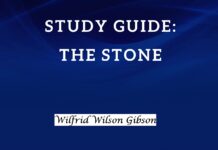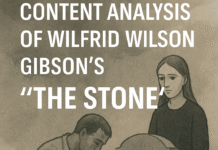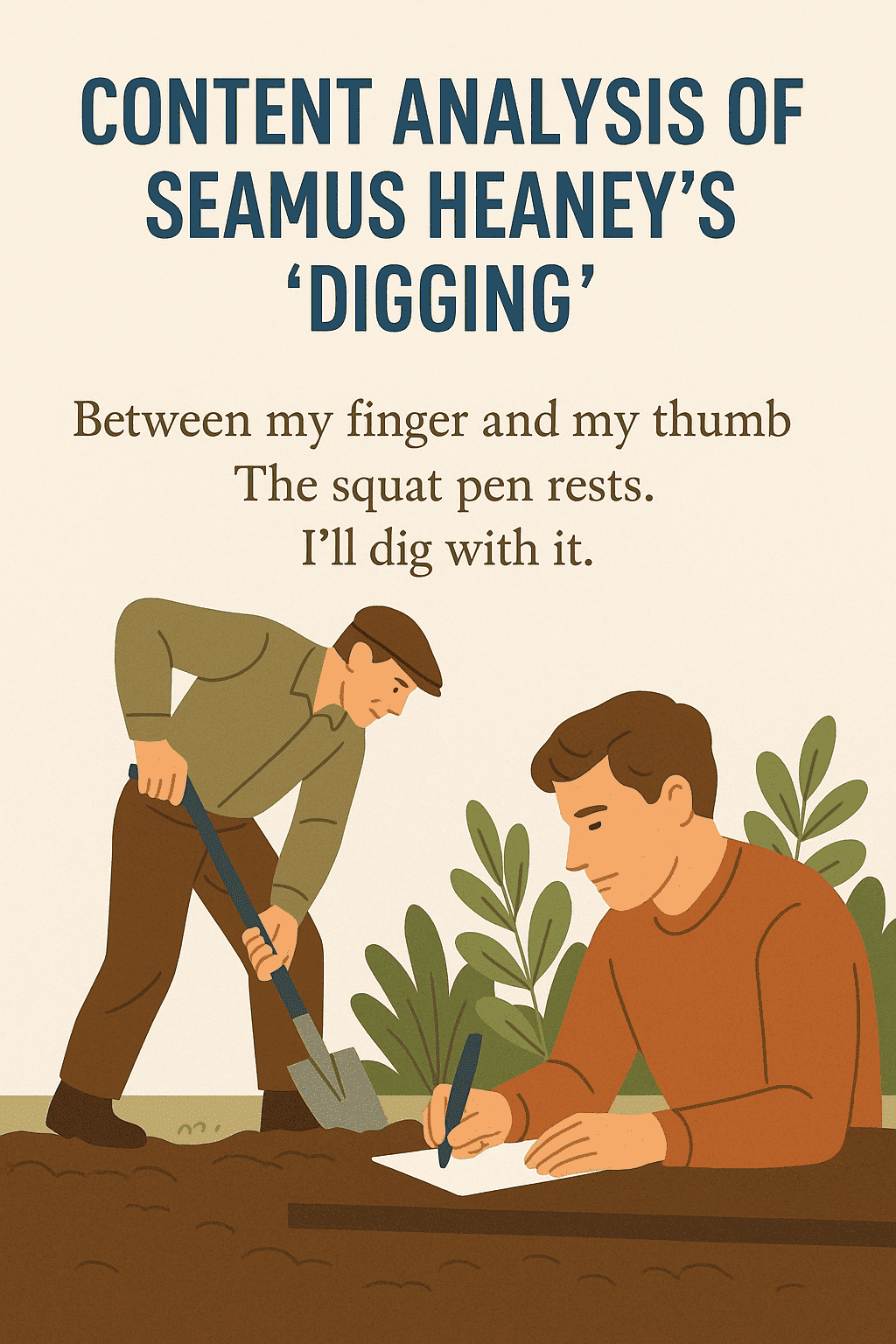📢 Follow our WhatsApp Channel for the latest literary updates!
Discuss the use of imagery alongside its symbolism in Maya Angelou’s “Caged Bird“.
Angelou’s “Caged Bird” achieves a universal appeal by bearing prominently on visual imagery to explore the central idea. Imagery is the literary approach used in appealing to the reader’s senses and inner emotions through the stylistic expression of elevated ideas. In the poem, the reader is drawn into the writer’s victim’s plight through the vivid picture created.
To start with, the title gives the reader a rhetoric reality of the subject matter. Bird naturally symbolises freedom and gaiety. But here we come across the juxtaposition of two contrasting words, ‘caged’ and ‘bird’ as the poet’s submission of the unnatural situation and unfortunate condition of her subject. This approach to present the reader with the unthinkable reality that plays out in the poem makes the title the first lense with which to investigate the subsequent presentation of a wreck in some social order. In other words, the writer uses an oxymoron to show an uncommon truth.
Symbolism is another device explored in the poem to communicate a deeper sense of some inexpressible event. By contrasting “a free bird” that “leaps/On the back of the wind” and the other “that can seldom see through/its bars of rage”, the poet seems to be pondering the pervasion that is so exerted that a natural ability is not only denied but relegated. We can at this point say the poet personifies freedom and presents it as some invaluable commodity available only to the oligarchs. For the less privileged, some crumbs they fight over. By and large, both birds are not presented as struggling on equal grounds but one is all free and the other a trampled victim. The use of this vivid symbol says much about the situation the poet has said in a compact tone as a matter of inequality.
Furthermore, the use of metaphors brings the underlying events to the fore. The “back of the wind” on which the free bird leaps suggests the unlimited availability for the privileged. More closely examined, this bird does not forage but has it all provided, and “names the sky his own”. The other bird, in stanza 2, seldom sees “through his bars of rage”, which suggests the situation it’s been relegated to as a function of social alienations. Thus we see an elaborate exposition of the discussion summed up in the title. These two significant positions of the birds suggest that while one is supercilious and at home with the society, the other is exiled.
In addition, the poet uses “fat worms waiting on a dawn bright lawn” to suggest these privileges secured for the free bird and from which the caged counterpart is far – very far – because it sings “on a distant hill” and the voice is not heard though it’s full of hope and aspirations too. In a prejudicial society, the inferior, we see, is not always recumbent on communal provisions as a matter of natural inequality, but can be deracinated by unjust schisms, and eliminated by those who assume – not necessarily are – an upper division in socio-economic prospects of rights and privileges.
Finally, the poet explains the emotions of both creatures on the unbalance grounds for survival. While one “leaps” and “dreams” even in the “orange sky”, the other “sings on a distant hill”. Here we see song as a medium of deep expression of emotional dejectedness. In other words, both of them take actions in their positions: one at being freer and the other at being free. The oppressed cannot dream like the free does; the alienated lives in the imagination of unlikely prospects but the privileged in the reality of the slightest thought of fortune. This becomes a social expression of the cases of oppression in our society and in every way possible, although Angelou’s poem berates the condition of racism in the then America and voices the plight of the African-Americans in the chokehold of socio-economic inequality.
Join Our Social Media Channels:
- WhatsApp: Literature PADI
- Telegram: Literature PADI
- YouTube: @literaturepadi
- Facebook: Literature PADI











